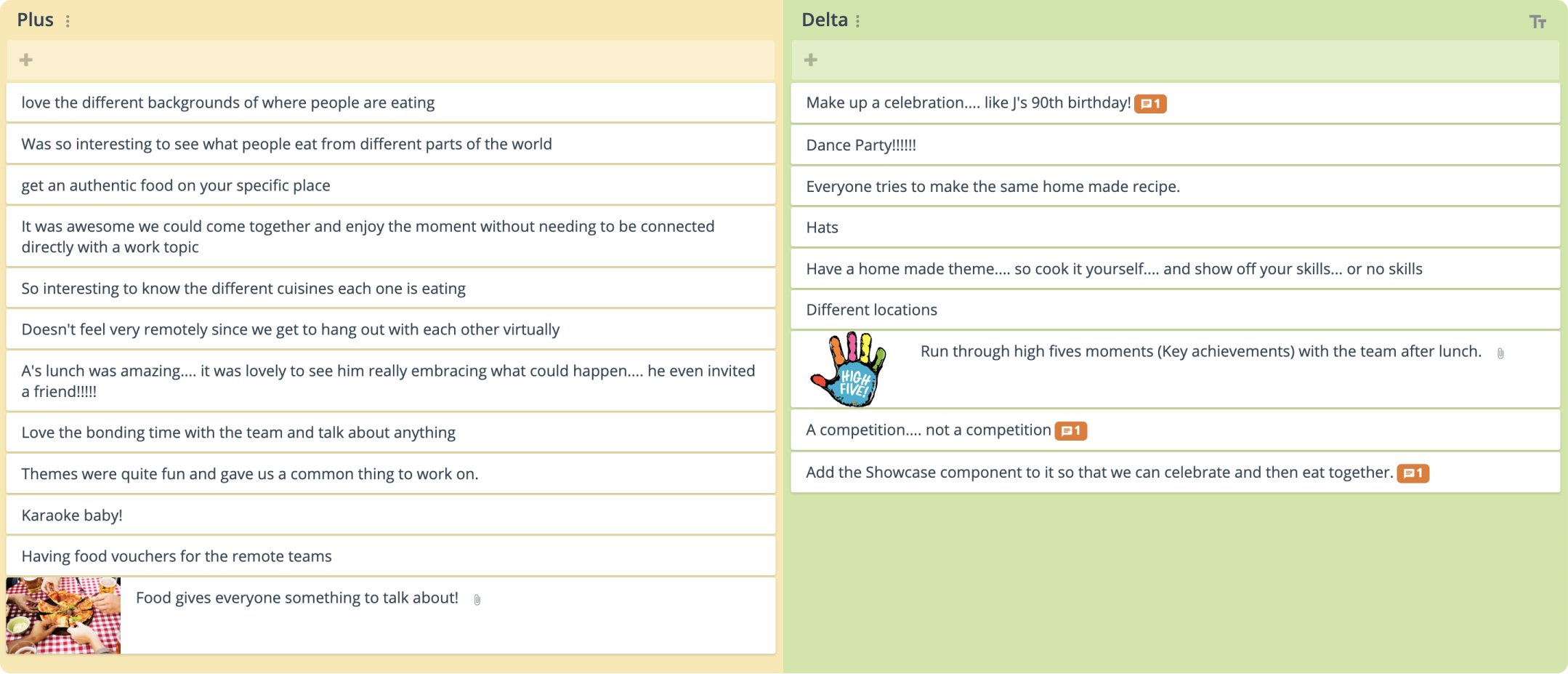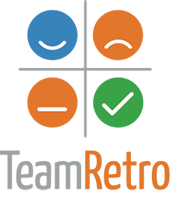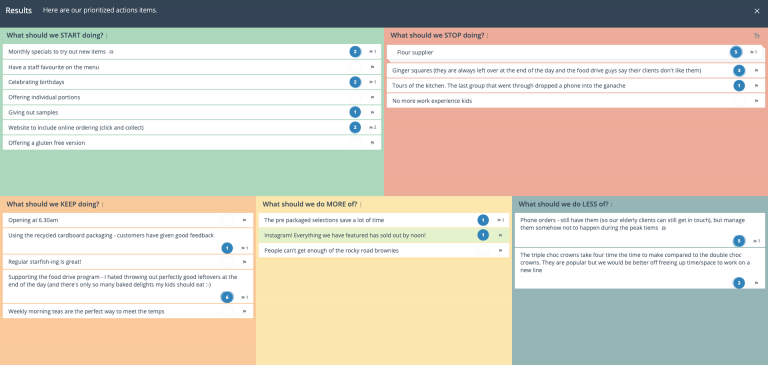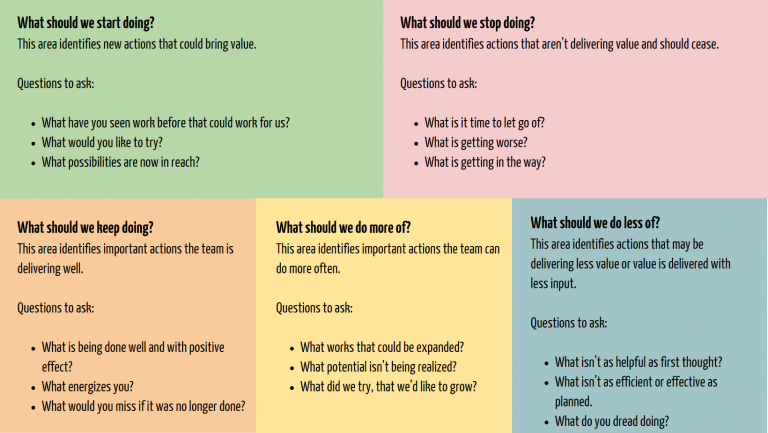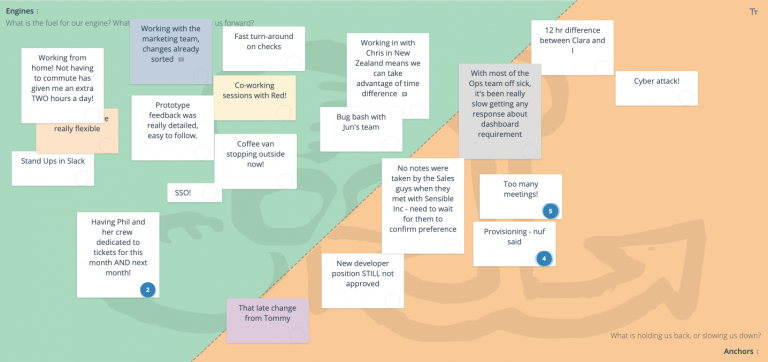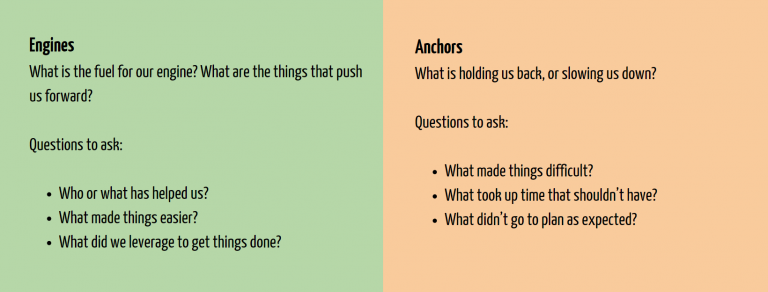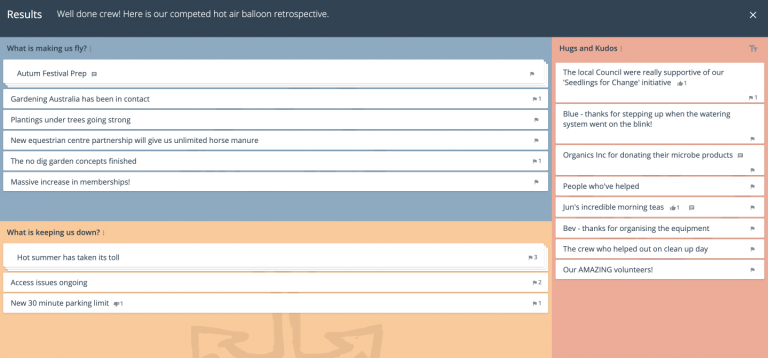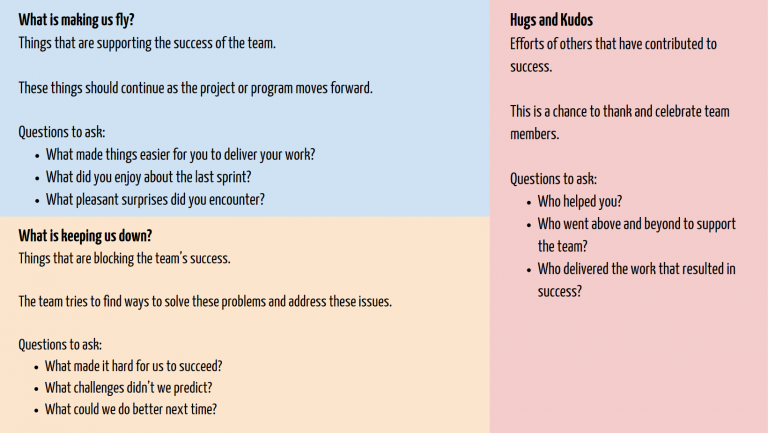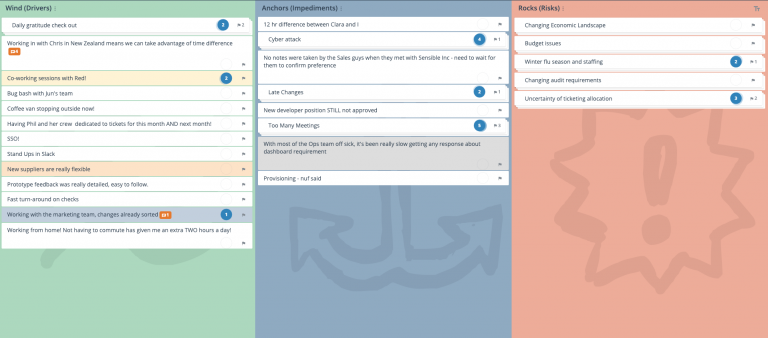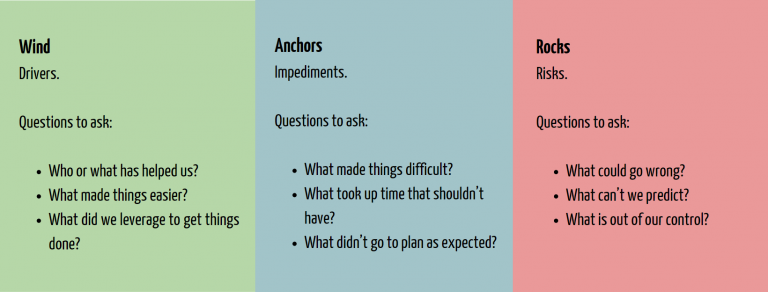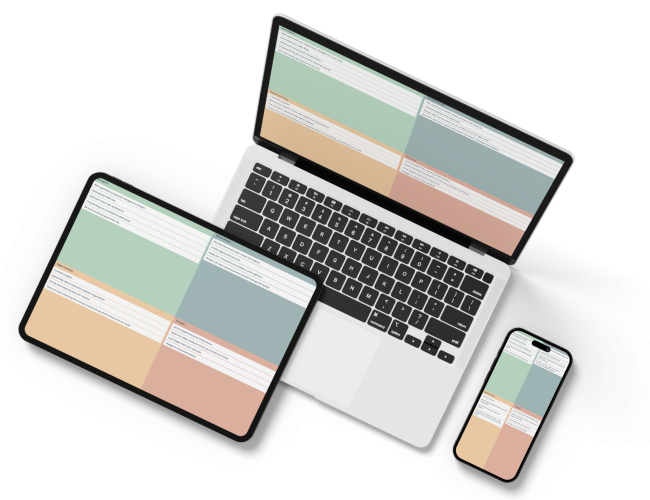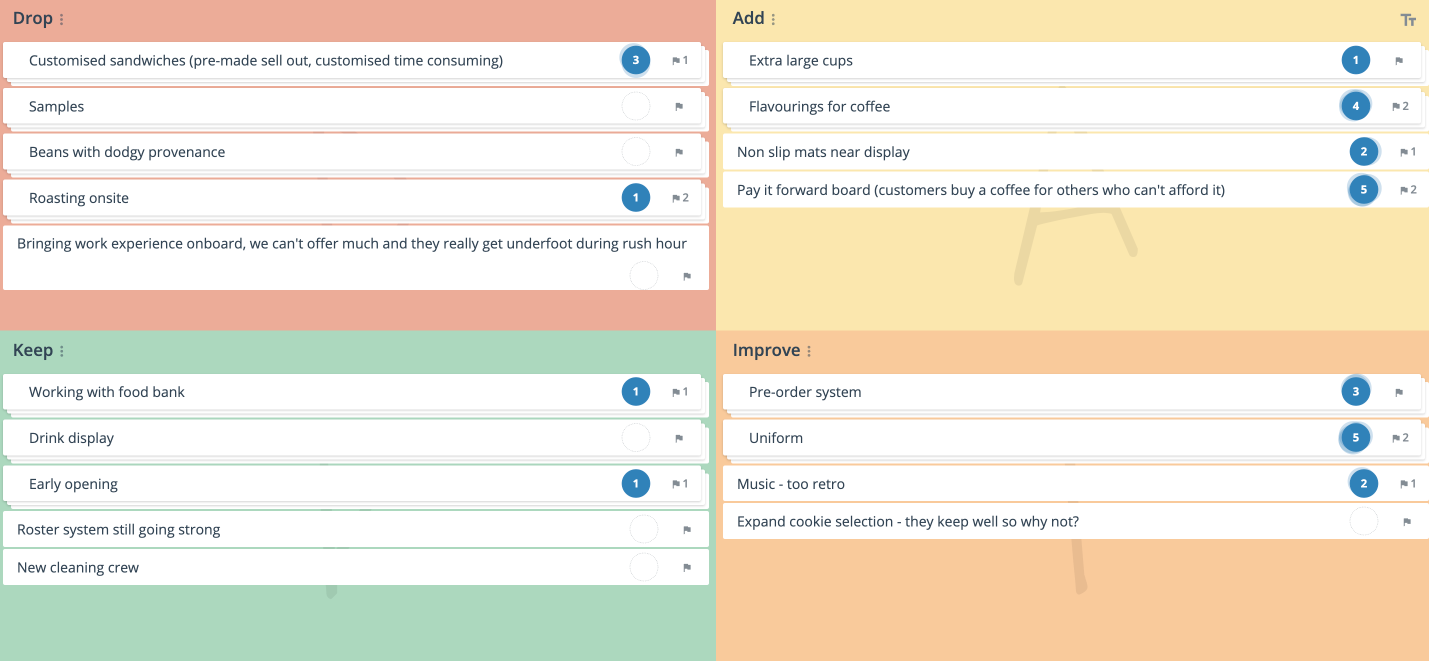What is a Plus Delta Retrospective?
The Plus Delta retrospective is a simple way to collect feedback from team members to support the continuous improvement of a certain process, activity, project, or event.
It gives team members a chance to express what they thought of the last sprint in very simple terms. This easy retrospective helps them focus on the positives, so the team can gain a sense of accomplishment, build confidence, learn from the things that went well, and change what didn’t.
Why Run One?
The Plus Delta template helps to:
- Assess the effectiveness of a new process or system
- Evaluate the results of a project
- Review the performance of a team
- Highlight areas of success
- Increase self-awareness
- Encourage feedback
- Foster teamwork
- Build trust
- Identify and prioritize action items
<span data-buffer="">Who Should Use the Plus Delta Retrospective?<span data-metadata="">
The Plus Delta retrospective is a great tool to use with a newly formed agile team. It is a template that could be used by Scrum Masters and their agile software development teams.
It could also be used by any group looking to reflect on a process or project and improve.
- <span data-metadata=""><span data-buffer="">Create a safe and respectful environment where team members feel comfortable sharing their thoughts and ideas.
- <span data-metadata=""><span data-buffer="">Stick to the Plus Delta template and keep the conversation focused on the specific project, event, or team performance that you are reviewing.
- <span data-metadata=""><span data-buffer="">Encourage quiet team members to speak up, and avoid letting any one person dominate the conversation.
- <span data-metadata=""><span data-buffer="">Set specific goals and objectives for the session and communicate them clearly to the team.
- <span data-metadata=""><span data-buffer="">Once the retrospective is over, make sure to follow up on the action items that were identified.<span data-metadata="">
<span data-metadata=""><span data-buffer="">Plus Delta Retrospective Template

<span data-metadata=""><span data-buffer="">How to Run a Plus Delta Retrospective
The Plus Delta retrospective can help create a culture of continuous improvement within a team.
For teams that are working remotely or are located in different geographical locations, using an online collaborative tool like GroupMap can be an effective way to facilitate the process. It can create a shared space where team members can collaborate and contribute their ideas.
Start by sharing the Plus Delta template with the team members. Allow all team members to brainstorm ideas. They can contribute in real time or synchronously.
Once all team members have added their ideas to the Plus and Delta board, facilitate a discussion where the team can group the topics, discuss the items that have been added and identify areas for improvement. Prioritize the items in the delta column, and assign actions to team members to address them.
Use GroupMap to track progress, assign responsibilities, and set deadlines. Follow-up with team members to ensure that actions are being completed, and review progress in future meetings to assess the effectiveness of the changes made.
Brainstorm
Populate each section of the template
Group
Group similar ideas into one.
Vote
Vote on the key ideas you wish to action

Action
Share and implement agreed actions
Share
Share the outcomes of the session, including the action plan, to relevant stakeholders.
Revisit the “Prime Directive” to lay the ground rules and establish expectations for behavior during the retrospective meeting.
Regardless of what we discover, we understand and truly believe that everyone did the best job they could, given what they knew at the time, their skills and abilities, the resources available, and the situation at hand.
Ideas may be gathered individually or as a group using a whiteboard, sticky notes, Google Docs, or a specialized online collaboration tool such as GroupMap.
Start by capturing ideas for the first area and then move on to the other sections. Each idea should be made visible to everyone, discussed, clarified, and challenged where necessary, to ensure all participants have a shared understanding.
It’s important to drill down to the foundation of each idea and support it with data where possible.
Organize the ideas by removing duplication, combining those which are thematically similar, and discarding any which aren’t in scope.
The final statements should be specific and actionable, rather than just general opinions.
With the template fully populated, the team votes on which ideas provide the greatest opportunity for value and therefore should be actioned.
The usual method of voting is to give each team member between one and five votes which they allocate to those issues they feel are the most critical to address.
The result is a visual indication of the team’s priorities.
Develop solutions for priority issues and identify what actions to take. The key to this step is to focus on a few critical activities that can deliver the most value, rather than try and do everything all at once.
It’s important to assign measurable goals or success criteria to each action so progress can be assessed in subsequent meetings.
Compile and distribute the final list of priorities and actions required of team members to:
- Ensure everyone is clear on what needs to happen and by when
- Provide a roadmap for action over the next part of the project
- Assess progress at the next retrospective.
GroupMap automatically generates visually appealing reports and action plans in several formats for distribution, saving time and effort after the analysis.
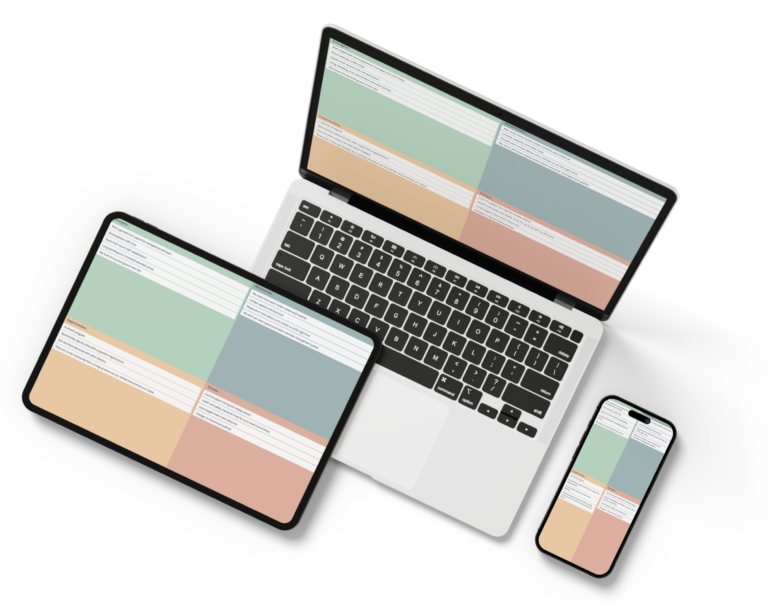
Save Effort, Time and Money with GroupMap
GroupMap offers more than just an online digital whiteboard—it’s innovative platform is designed to enhance the quality of your team’s decisions. With features that prevent bias and make facilitation seamless, GroupMap ensures no single voice dominates and ensures productive, inclusive conversations.
Its intuitive interface is easy for anyone to use, and its scalable design supports small teams and large groups whether they are face to face or around the globe. Customisable templates and workflows keep discussions focused on objectives, helping you drive actionable outcomes each and every time.
Create your first map and invite people in to start sharing their thoughts NOW.
Experience the power of GroupMap with our FREE 14 day trial.
Your free trial gives you access to all of our features, no credit card required.
